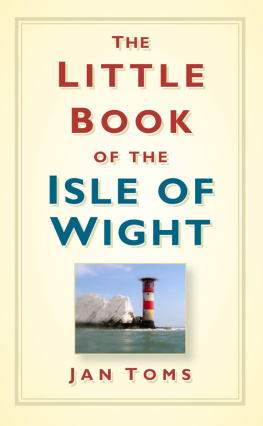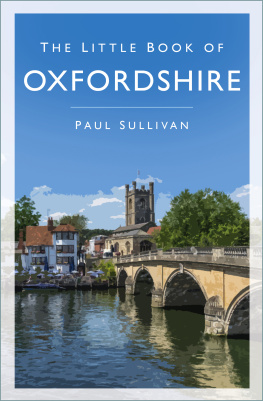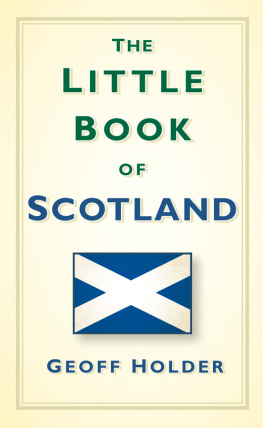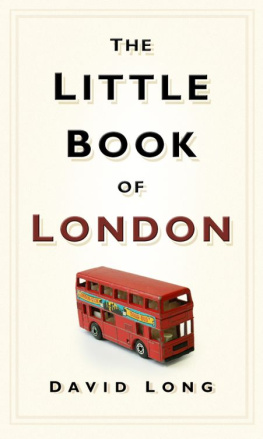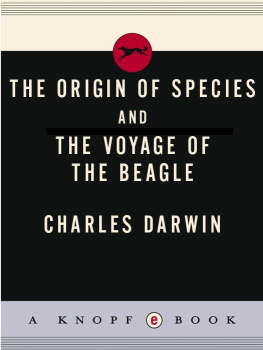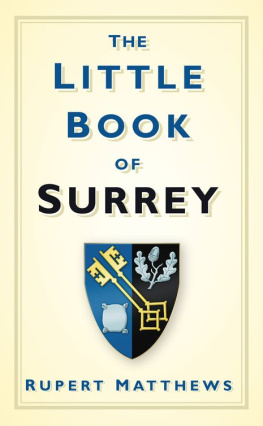T HE
L ITTLE
B OOK
OF THE
I SLE OF
W IGHT
J AN T OMS
W ITH I LLUSTRATIONS BY C ATHERINE C OX

First published 2011
Reprinted 2012
The History Press
The Mill, Brimscombe Port
Stroud, Gloucestershire, GL5 2QG
www.thehistorypress.co.uk
This ebook edition first published in 2013
All rights reserved
Jan Toms, 2011, 2013
The right of Jan Toms to be identified as the Author of this work has been asserted in accordance with the Copyright, Designs and Patents Act 1988.
This ebook is copyright material and must not be copied, reproduced, transferred, distributed, leased, licensed or publicly performed or used in any way except as specifically permitted in writing by the publishers, as allowed under the terms and conditions under which it was purchased or as strictly permitted by applicable copyright law. Any unauthorised distribution or use of this text may be a direct infringement of the authors and publishers rights, and those responsible may be liable in law accordingly.
EPUB ISBN 978 0 7509 5396 2
Original typesetting by The History Press
CONTENTS
INTRODUCTION
T here are two things that everyone knows about the Isle of Wight Queen Victoria lived here and King Charles I was imprisoned in Carisbrooke Castle. Contrary to other assertions, the Island is not a tax haven, the natives dont speak French and visitors dont need a passport although the Island MP Steve Ross once had his application refused by the passport office who claimed that the Isle of Wight was in the West Indies.
Things changed forever when Queen Victoria decided to buy dear, modest, unpretentious Osborne set in a mere 1,727 acres of land hardly room to swing a cat. She died there peacefully, although according to a teacher escorting children on a school trip, Her Majesty was shot in the drawing room.
King Charles indeed spent a year regretting his rash decision to pop over, being taken into protective custody by the reluctant governor. Charles then spent a frenzied time sending coded letters and trying to climb out of windows. On leaving he probably wished that he had stayed, having a one-way ticket to the scaffold.
The Island has a wonderful coastline, spectacular scenery and three prisons. From Parkhurst boys as young as eight were once transported to America and Australia and women prisoners rioted, taking off their clothes so that only married male officers armed with a blanket and a hose were brave enough to subdue them. In the twentieth century the Island played host to the Kray twins and the Yorkshire Ripper.
According to the Royal Medical and Chirurgical Society, the Island was an ideal place for weakly scrofulous children. Queen Victorias physician, Dr James Clark, went further, confirming that the several peculiarities of the climaterender it a highly favourable residence for invalids throughout the year. If that failed, then Mr Greenham of Shanklin offered a nice line in invalid whiskey for 3/6d a bottle.
Edward Elgar spent his honeymoon in Ventnor while Jimi Hendrix gave his last performance on Afton Down. Lord Tennyson tried to hide away from his fans in Freshwater, referring to them as cockneys. The summer season caused him to flee to the mainland.
General James Wolfe and Sir John Moore both spent their last nights in Newport before dashing off to find death and glory at Quebec and Corunna.
Calbourne Mill offers a home to a mammoth 19ft 2in gun weighing 38 tons that was formerly installed at Cliff End Fort. Its purpose was to guard the narrow opening between the Island and the Needles Channel but when it was tested in 1878, the resulting explosion caused so much damage to the fort that part of it had to be rebuilt. It was never fired again.
At the beginning of August 1914, Kaiser Wilhelms yacht arrived in readiness for Cowes Week when, on 4 August, England declared war on Germany. The yacht made an ignominious retreat. At the same time, Prince Heinrich of Prussia the Kaisers brother was taking the waters at the Spa Hotel at Shanklin. He quickly left in a taxi driven by Mr Sid Hackett.
Jan Toms, 2011
A BIT OF ISLAND
HISTORY
WATCH OUT!
According to William Camden, the seventeenth-century historian, the Island is not so well fortified by its rocks and castles as by its inhabitants who are naturally warlike and courageous. On the plus side, General Jack Seely, a rich mine owner whose family settled in the nineteenth century, reported that true islanders despised strangers but in an emergency, would risk life and limb to help them.
Who were these Islanders?
By the time William the Conqueror arrived, they were already a mixture of hunter-gathering, Roman, Anglo-Saxon, Jutish and Celtic Vikings with a dash of Nubian/Moorish blood thrown in. The Revd James White concluded that: the dark hair and brilliant eyes of the natives are derived from a Roman ancestry.
The Island was probably the last place in Britain to be Christianised. J. Redding Ware was not impressed, writing that it was not a colossal achievement, for Caedwalla had put all the wretched islanders to the sword, with the exception of 300 families, who accepted the new faith as an exemption from death. What would you have done?
The Domesday Book mentions eighty-four different places in the Isle of Wight, the names of the tenants reflecting their Saxon and Viking heritage. Looking for an unusual name for your son? How about: Alfsi, Alnoth, Ansketel, Bolla, Edric, Herbrand, Herpolf, Swarking, Thorald, Tovi, Wihtlac, Wulfsi. Technically they were now Norman but they carried on as before.
Here is a taste of Island speak: Wops a wasp, Mallyshag a pale green caterpillar of the large (cabbage) white butterfly, Emmet an ant, Hoss stinger a horse fly, Dumbledore a large bumblebee, Galleybagger a scarecrow, Knittles a string used to tie up sacks probably derived from the time when nettles were stripped and the stalks used as thread. Prate the noise made by chickens, Chid a young female sheep, also applied to young women, as in shes just a chid of a girl, Gimmer an old ewe, probably one that was barren. The name was also used for widows, especially those housed in the workhouse, implying someone no longer of any use. A Gert Biggun a great big one. Zummat something, Wole old, Bembridge weather a rain shower when the sun is still shining, Scrouw wet windy weather. Shrammed chilled to the bone. A Luccomber a squall coming around Dunnose point from the south. Nammet a ploughmans lunch taken by workmen into the fields along with ale to drink, currently applied to a coffee break elevenses. Nipper from the seafaring habit of getting lads to nip up the rigging on ships; often applied humorously from one older man to another in memory of their lost youth. The Screws vivid description of joint pain, probably arthritis. Queer having two distinct meanings, neither relating to being strange or to sexual orientation. To feel queer is to feel unwell, while to be queer means to be annoyed about something.
A native Islander is an Isle of Wight Calf, the derivation too old to trace. They are also called Caulkheads, allegedly because of the Island preoccupation with the sea and caulking boats to make them waterproof. Some people call them Corkheads, implying that they are so empty headed that they float.
Island pronunciations of towns and villages: Isle of Wight Oil oWoight, Newport Neppert, Ryde Roide, Shorwell Shorrel, Shalfleet Shufflet, Swainston Swanston, Whitwell Whittle, Brighstone Brighstone It was known as Brixton but the Islanders won the day, Bowcombe Buckham.
Some local surnames surviving from Domesday times: Ballard, Barrett, Brett, Buckett, Burt, Calloway, Caws, Cheverton, Dingley, Dore, Downer, Erlesman, Fallick, Harvey, Holbrooke, Jolliffe, Kent, Kingswell, Lacey, Lale, Mackett, Meulx (Mew), Rayner, Salter, Serle, Trickett, Tutton, Urry, Wavell, Woodnutt.
Next page
